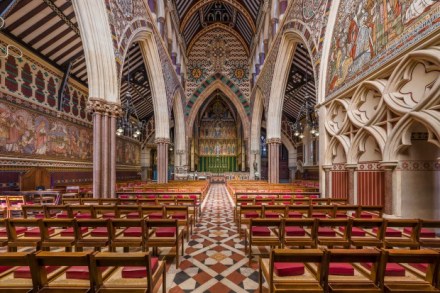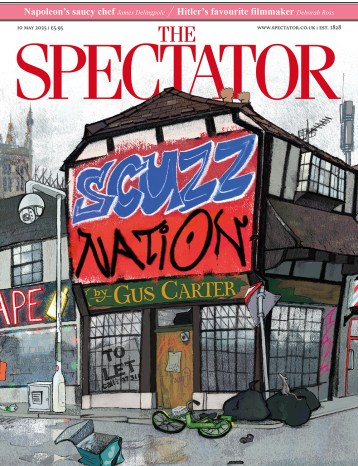Altar, font and arch and pew
John Betjeman, the patron saint of English parish churches, once warned against praising British buildings too much. Be careful before you call Weymouth the Naples of Dorset, he said. How many Italians call Naples the Weymouth of Campania? Saint John was spot on, of course. When it comes to the pure ideals of church architecture, London isn’t a patch on Rome or Florence. The Holy Redeemer Church in Exmouth Market, Islington, may be inspired by Santo Spirito in Florence, but it doesn’t match, let alone surpass, its beauties. Still, as Michael Hodges’s scatty book shows, my God, there’s an awful lot of beauty, and intrigue wrapped up in London’s 1,200




















